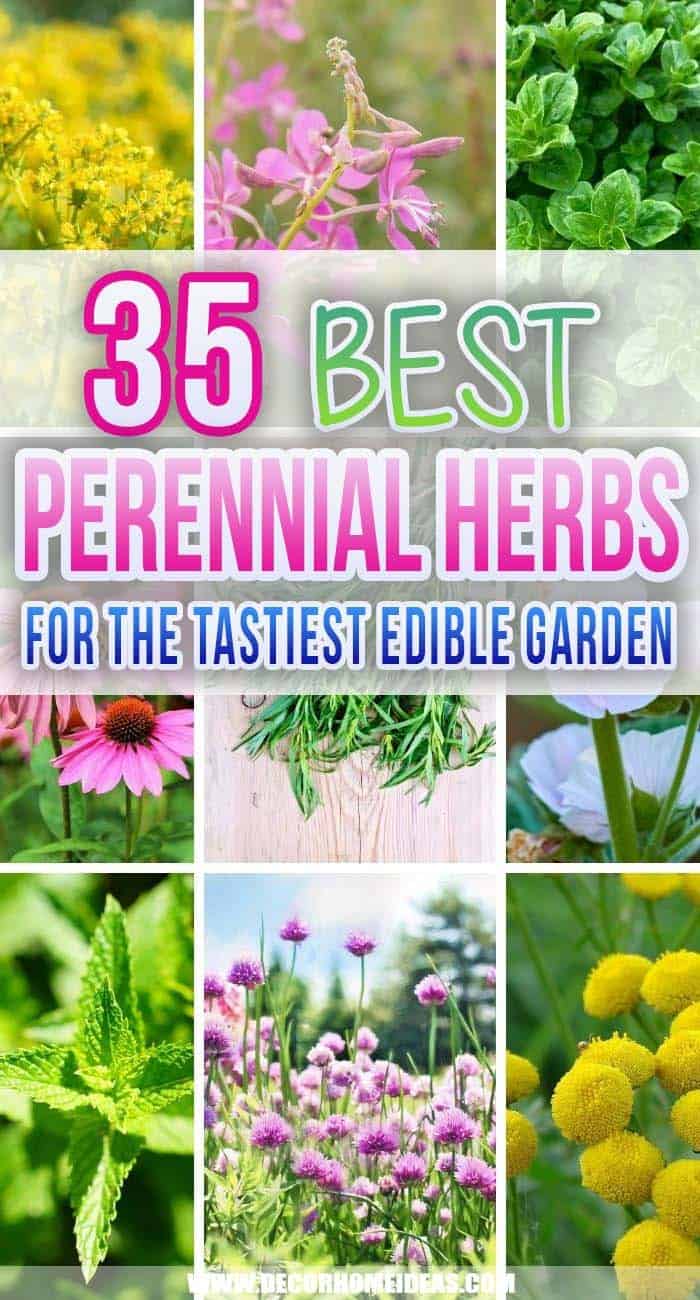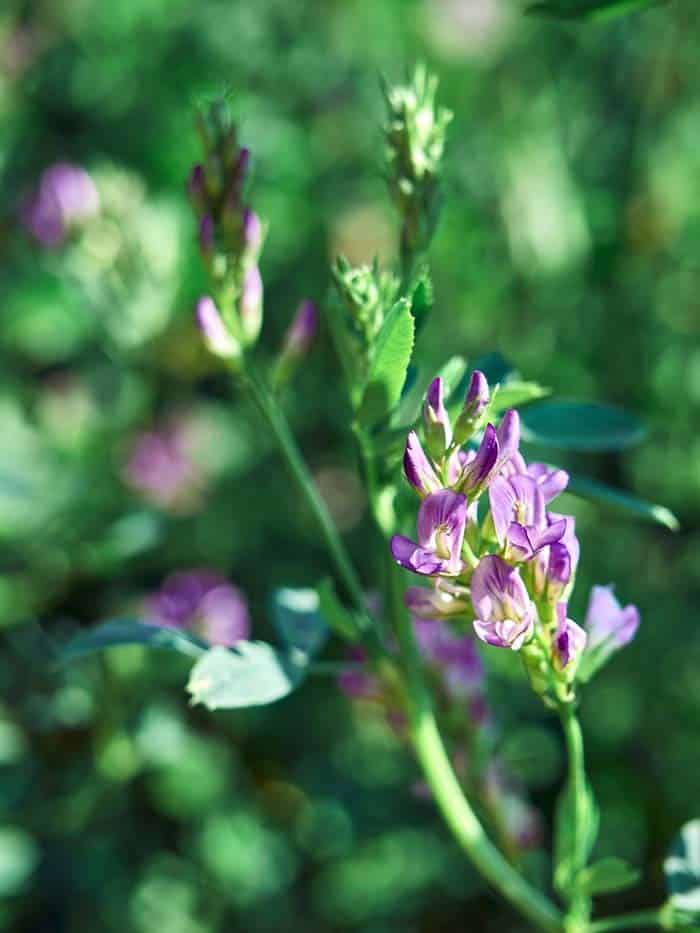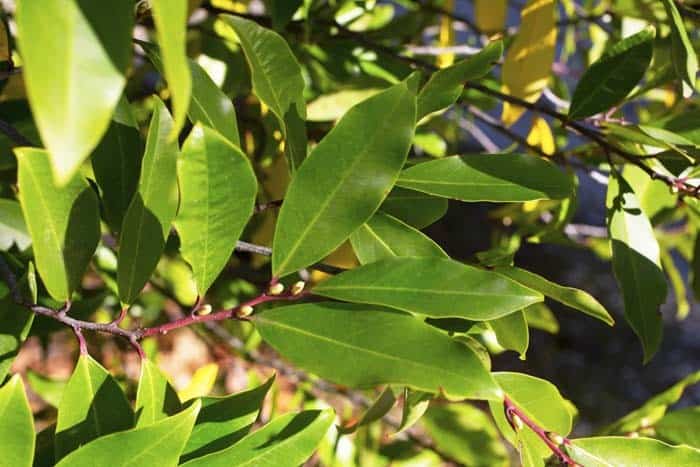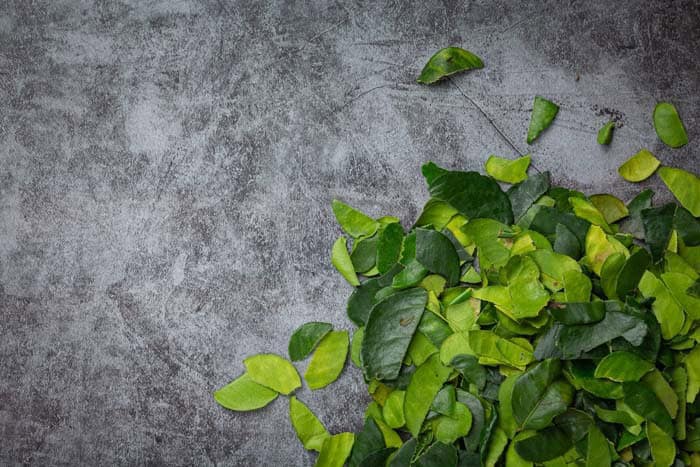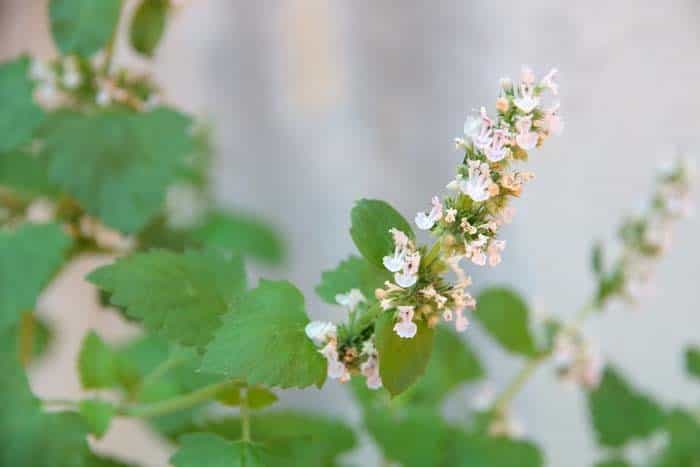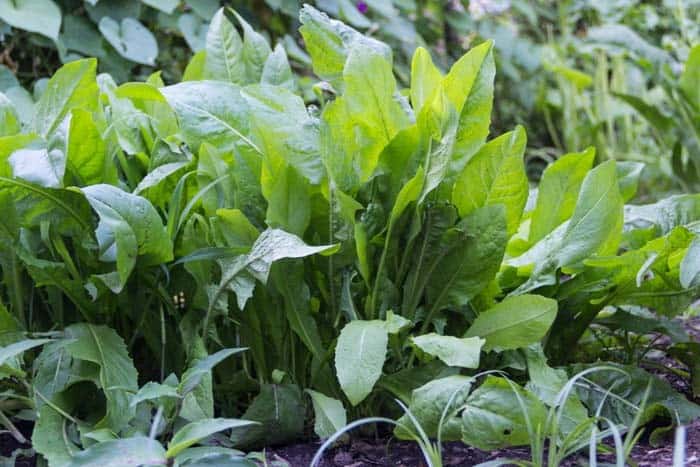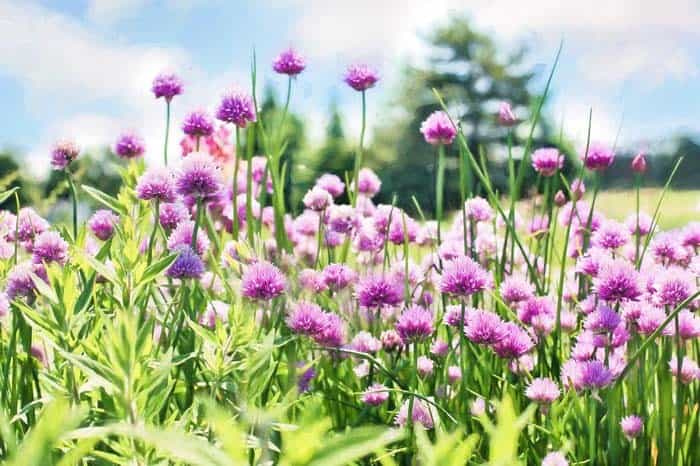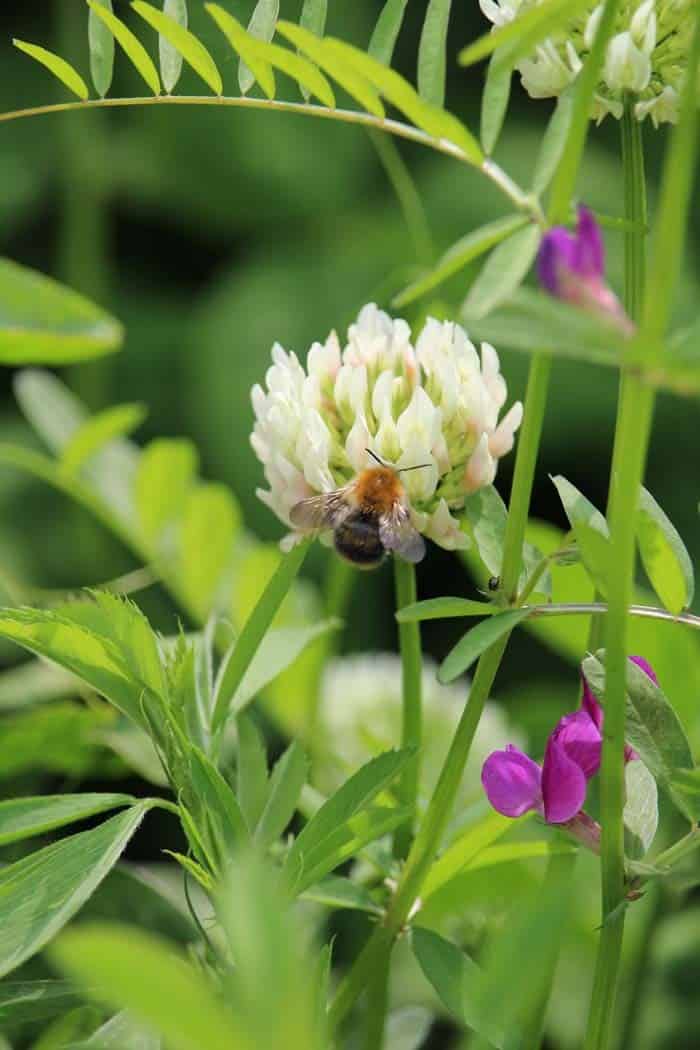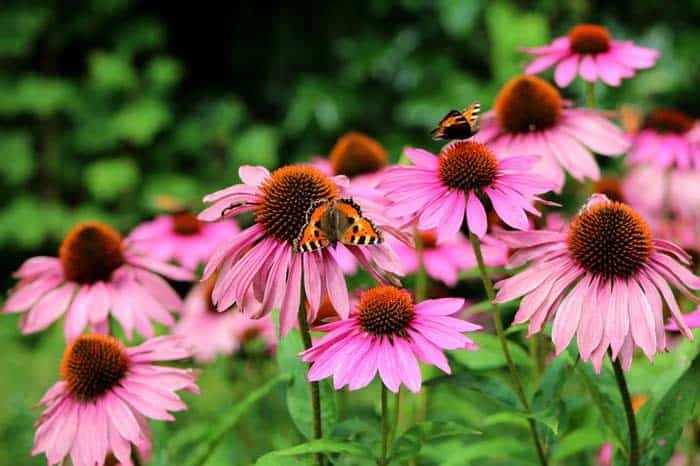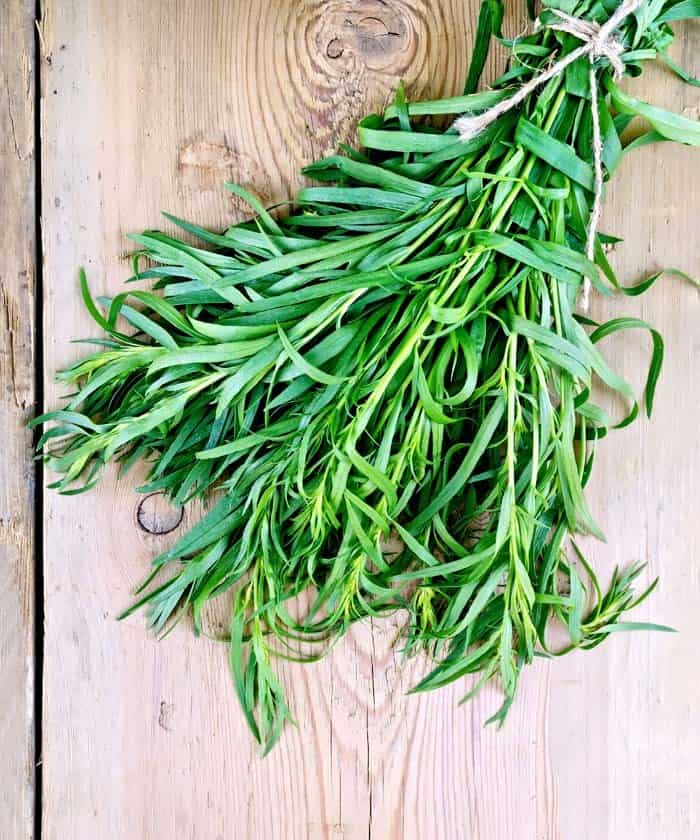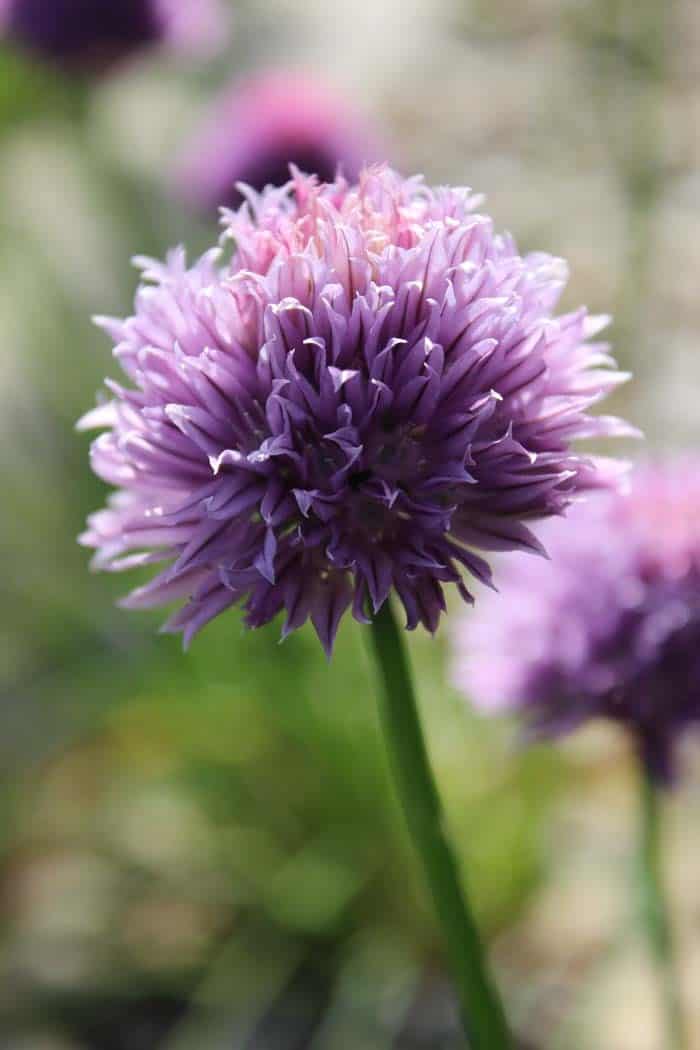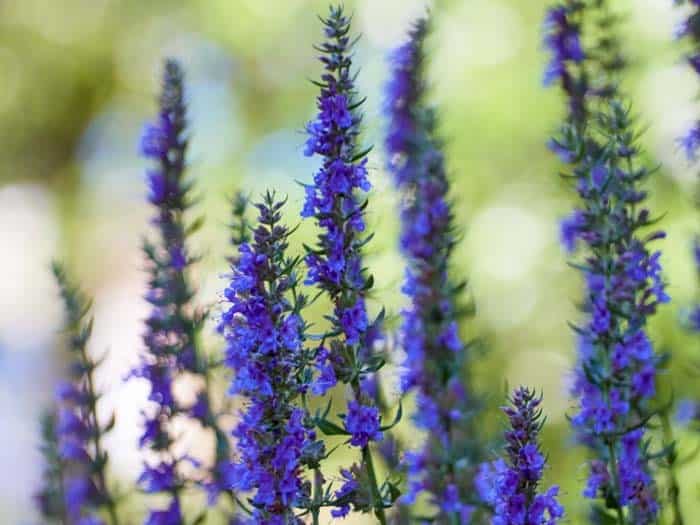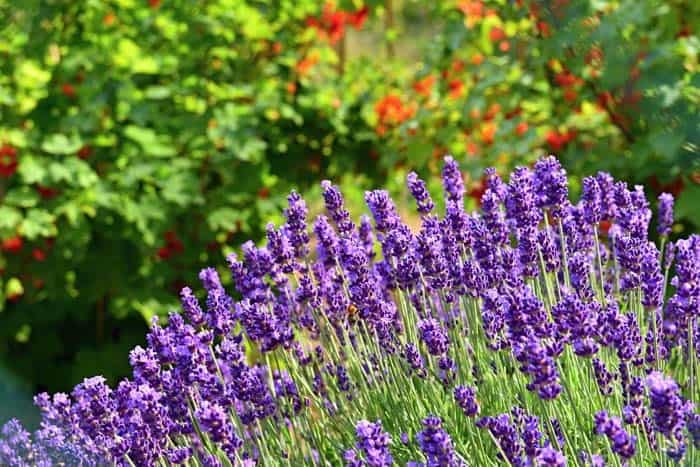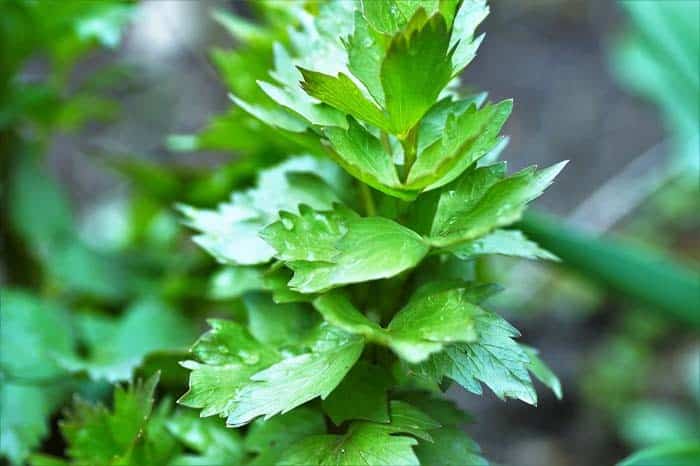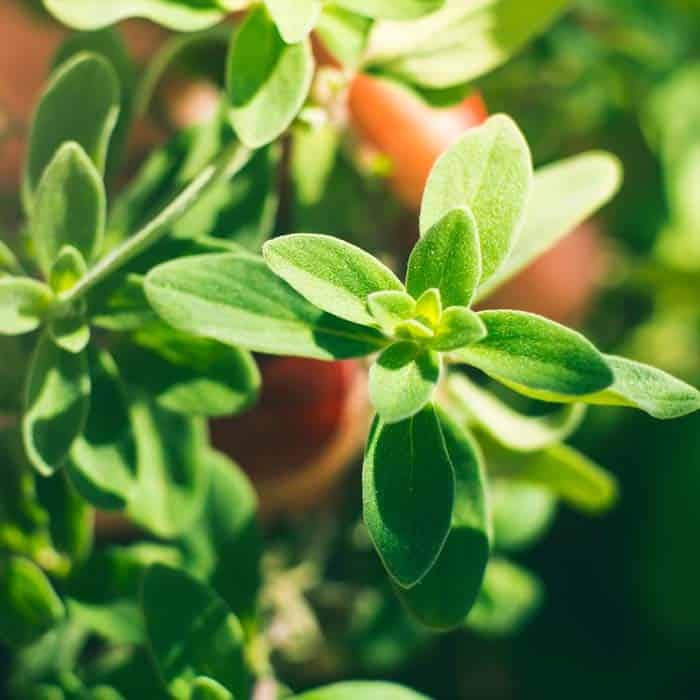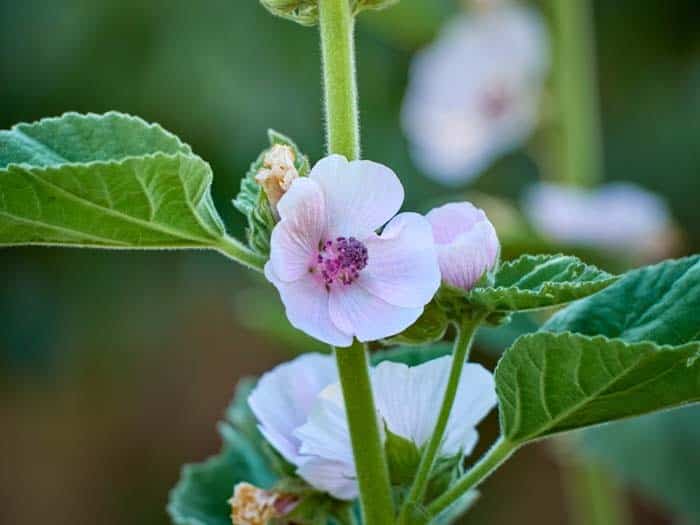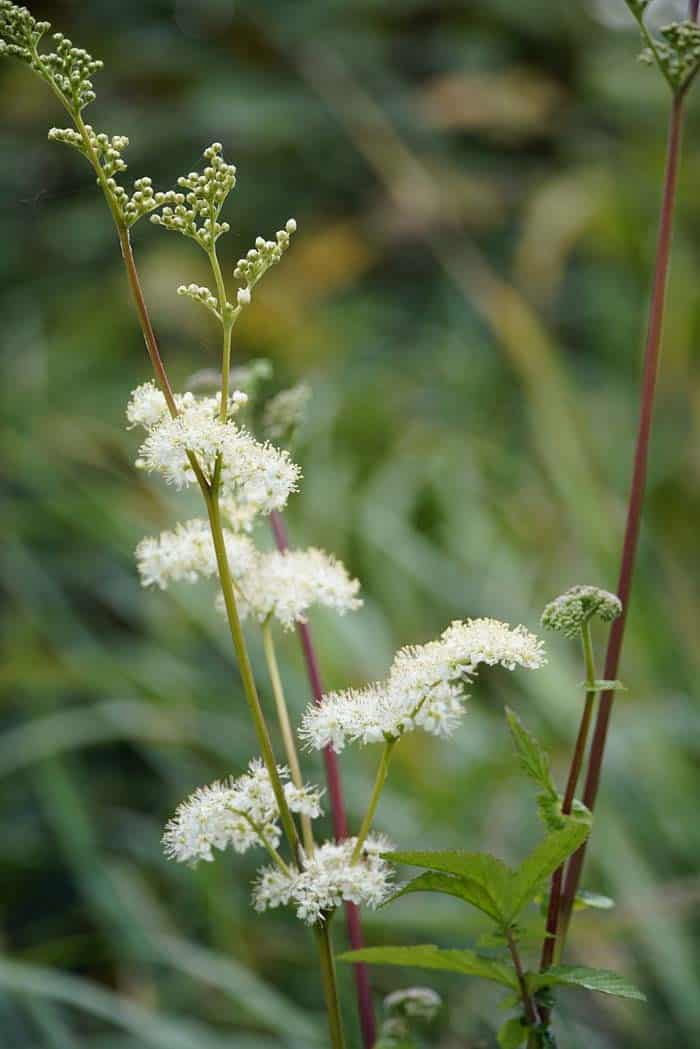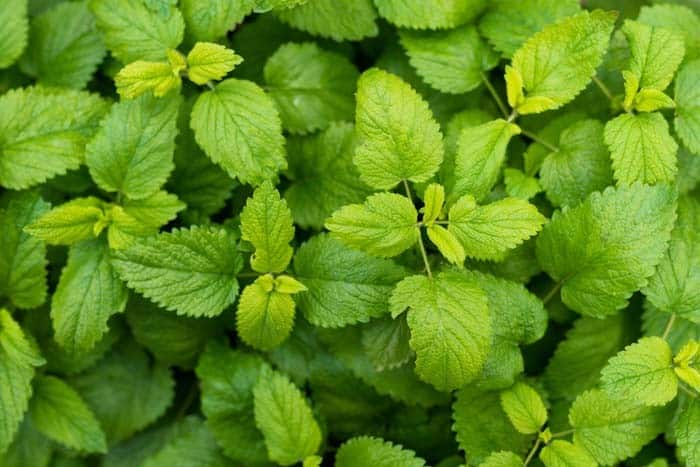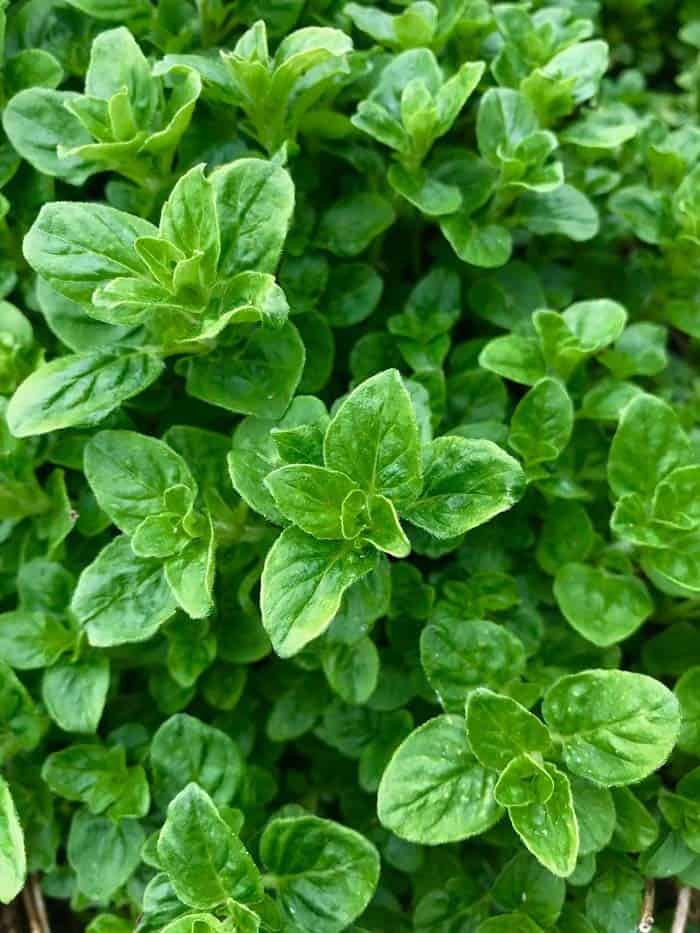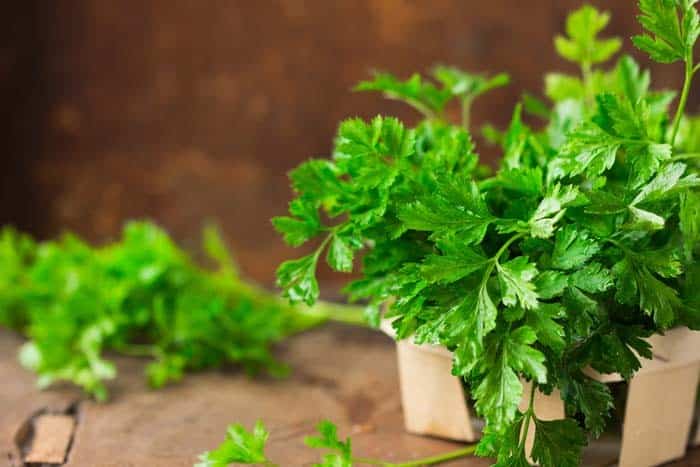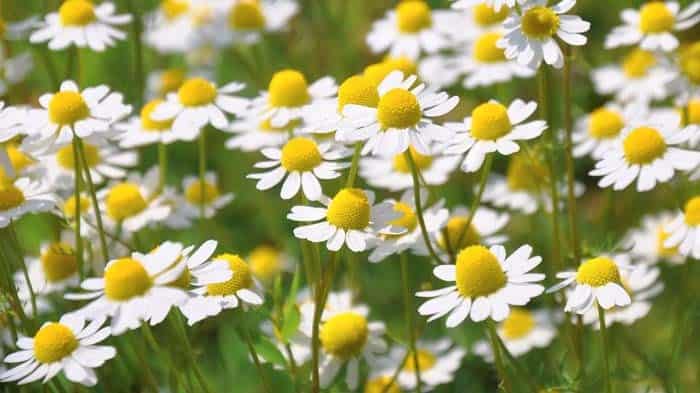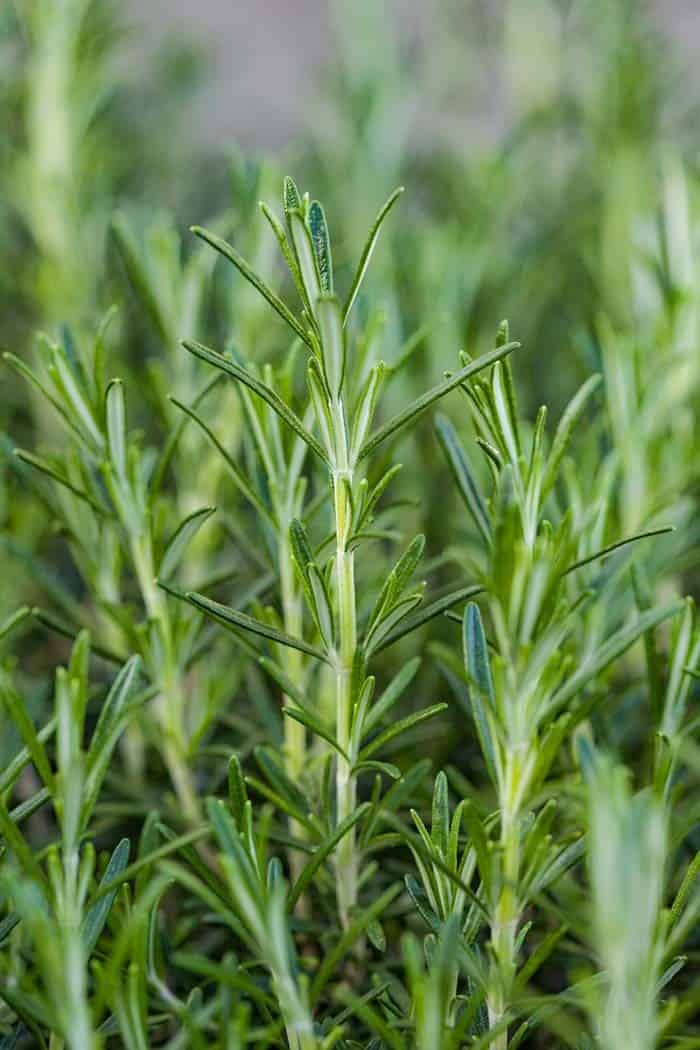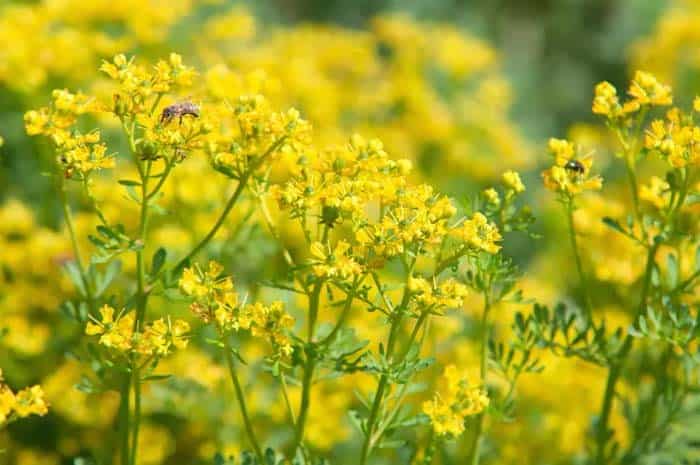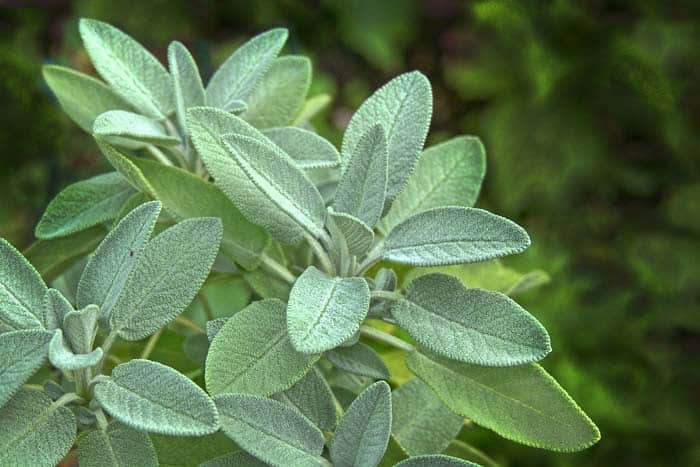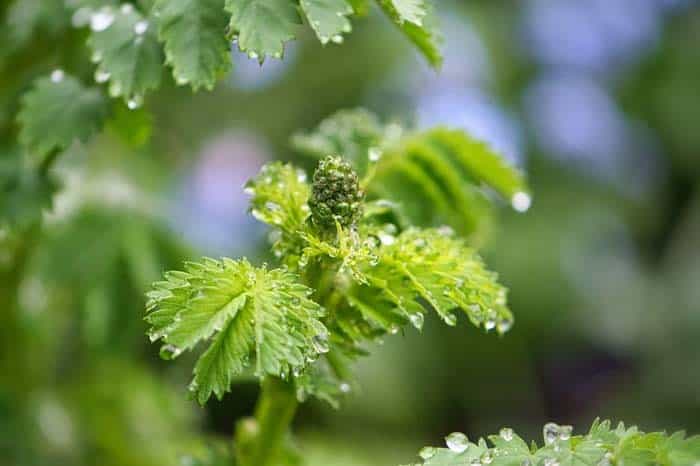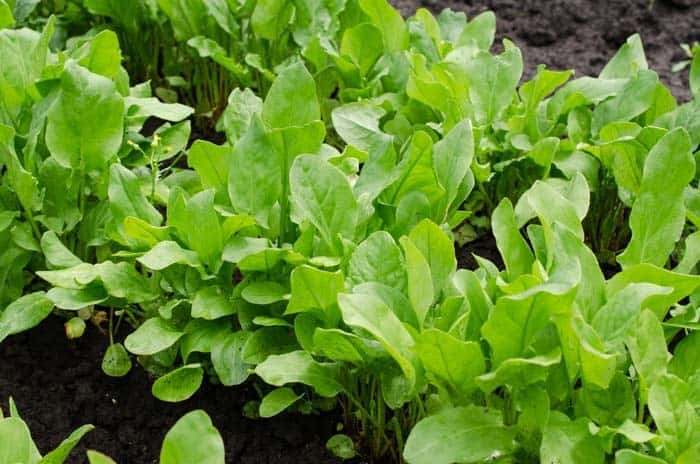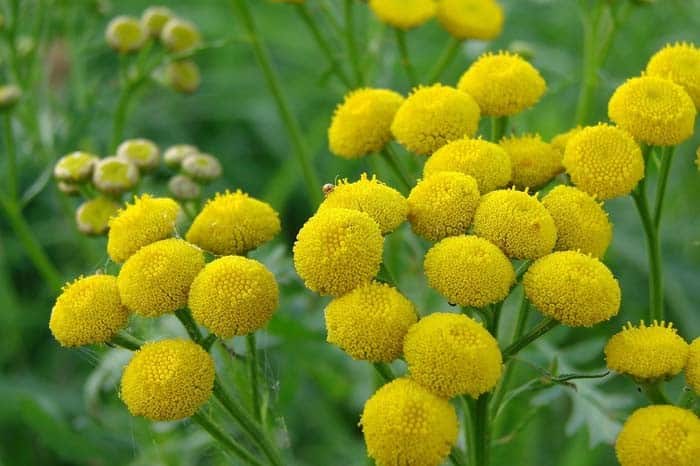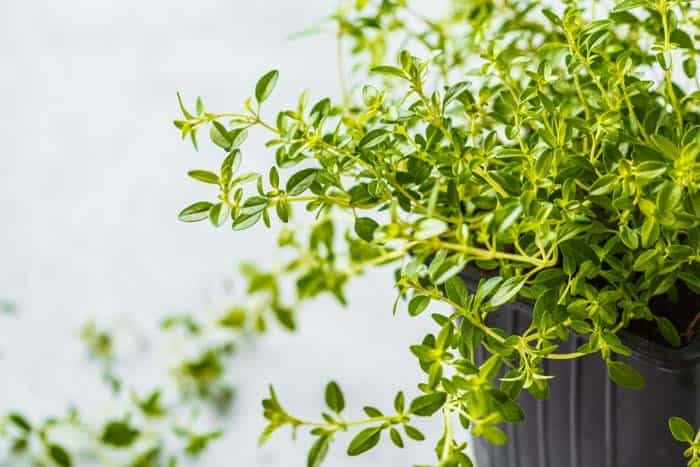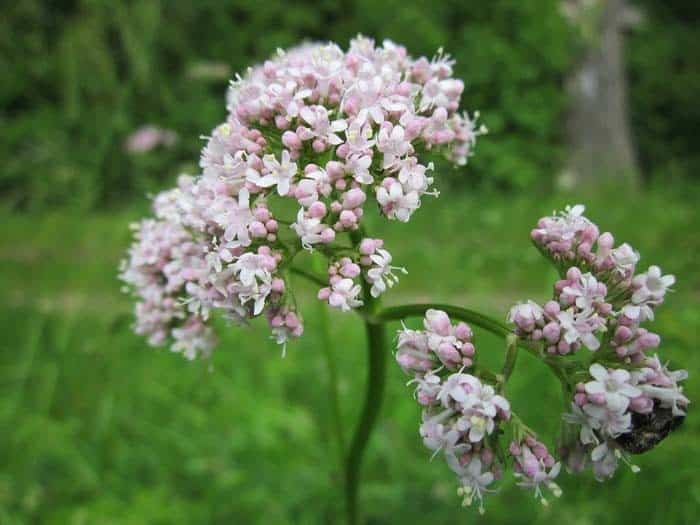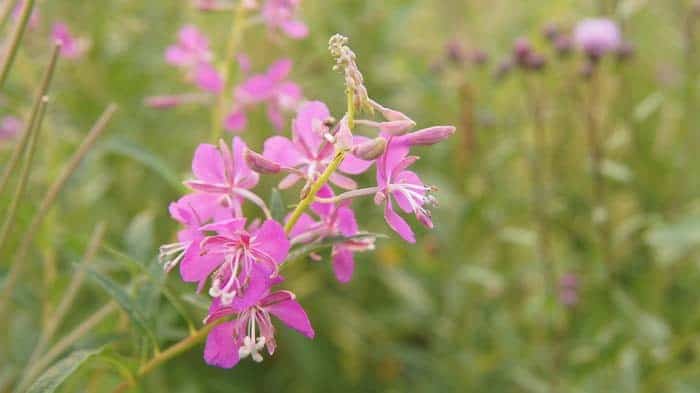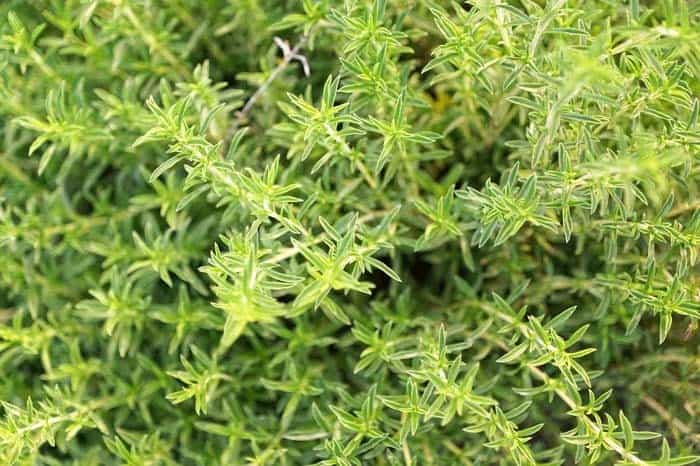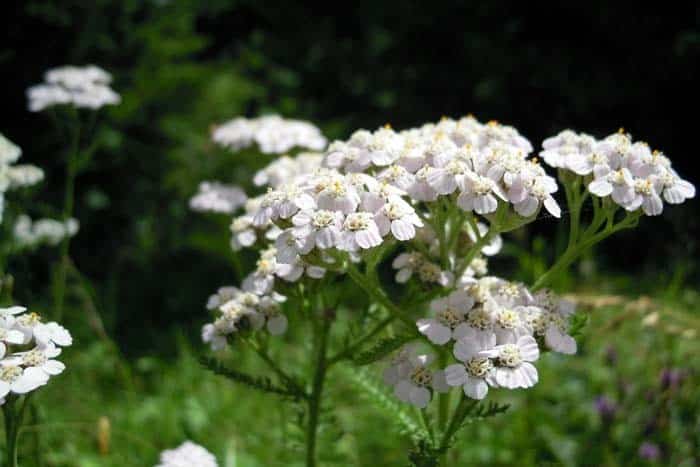Growing a lush garden filled with herbs can be incredibly rewarding, offering numerous benefits that make them a top priority for many homeowners. Not only do they provide a beautiful display of foliage and flowers, but they’re also remarkably low-maintenance and can thrive in a variety of conditions.
One of the greatest advantages of cultivating herbs is their ability to add visual appeal to your garden or yard for years to come.
Unlike other decorative plants, herbs require minimal upkeep and can be easily incorporated into your daily routine. Additionally, they offer numerous health benefits when consumed as part of a meal, making them a valuable addition to any household.
When it comes to selecting the perfect spot for your herb garden, the type of herb you’re growing plays a significant role.
Fortunately, this doesn’t necessarily dictate the size of the space, as herbs can flourish in both in-ground and container settings.
It’s essential to remember that different perennial herbs have unique growing requirements and will perform better in specific environments. Choosing the right plants for the right conditions is crucial for their success.
Before you start cultivating your herb garden, we’ll guide you through the top 35 perennial herbs that are both easy to grow and packed with flavor. Let’s get started!
Alfalfa
A perennial herb with a delicate nature, Alfa alfa holds significant value not only for its livestock-friendly properties but also for human consumption. The seed, in particular, becomes edible once it has undergone the process of germination. This dual-purpose aspect of Alfa alfa is undeniable, as it not only provides sustenance for animals but also offers a nutritious option for humans. Furthermore, to ensure optimal growth, the herb thrives in fertile and oxygen-rich soil conditions.
Bay Laurel
The versatility of this herb’s leaves is one of its most notable characteristics, as they can be used in both fresh and dried forms. Its unique flavor makes it an unmistakable addition to any dish. When it comes to maintenance, this herb is remarkably low-maintenance – simply water it from time to time and provide well-draining soil.
With a little patience, you can expect to see it grow into a lovely shrub or short tree within a couple of years, making it the perfect decorative element for your garden.
Bergamot
While often consumed as a soothing tea, Bergamot’s versatility extends far beyond the realm of hot beverages. In fact, its citrusy flavor makes it a refreshing addition to salads and drinks alike. When it comes to growing this herb, it thrives in fertile soil and requires consistent moisture. But what sets Bergamot apart from other herbs is its striking beauty and exotic allure – a quality that’s just as impressive as its ability to repel pests.
Catnip
Catnip is a multifaceted herb that not only fascinates felines but also adds a unique mint-like flavor to salads and cooked dishes. While its popularity as a feline attractant is well-known, few are aware of its versatility as a seasoning. In fact, catnip’s mild taste makes it an excellent addition to a variety of culinary creations. But catnip’s advantages don’t stop there.
As a hardy, low-maintenance herb, it can thrive in a garden setting, where it will even help deter pests like ants and flea beetles. Moreover, the extract derived from catnip has natural insect-repelling properties, making it a valuable asset for any gardener seeking to protect their plants.
Chicory
Chicory’s affinity for sunlight and well-drained soil creates an ideal environment for its growth. The abundance of short, leafy greens make them a popular addition to salads, where they add a unique bitterness that can elevate the overall flavor profile. This distinct taste is often utilized in culinary applications to create exotic dishes.
Beyond the leaves, chicory’s root is also edible and can be transformed into a nutritious vegetable by boiling it in water.
When added to soups and stews, it becomes a valuable component of hearty, comforting meals.
Chives
Chives, a member of the onion family, boast a distinctive aroma that naturally repels pests. The leaves and underground bulbs possess a mild flavor profile, free from any bitter aftertaste. In terms of visual appeal, chive blooms showcase a range of colors, spanning from pure white to rich purple hues.
When it comes to culinary applications, wild onions pair delightfully with dishes featuring eggs and cheese.
To coax the best from this herb, provide it with sunny spots and moderate watering – although it does possess some natural drought-resistance.
Clover
While some homeowners opt for seeding clover over traditional grass, there are several benefits to this approach. For one, clover requires less maintenance, which can be a significant advantage for those who don’t want to spend hours each week tending to their lawn. Additionally, clover is incredibly soft and comfortable underfoot, making it an ideal choice for families with children or pets.
What’s more, clover has a dual identity as both a landscaping choice and a culinary herb – it can be used as a spinach substitute in recipes. To thrive, clover prefers sunny conditions and moderate temperatures.
Echinacea
Echinacea, a wildlife-attracting herb, produces stunning blooms that emerge from the grass. While many cultivate this flower as an ornamental specimen, its medicinal properties remain largely unknown. In fact, Western herbal medicine highly values Echinacea for its ability to stimulate the immune system, exhibit anti-bacterial and anti-inflammatory effects. Interestingly, this plant is not fussy about soil conditions, but its growth can be enhanced with organic and mineral fertilization.
French Tarragon
The Tarragon’s aromatic leaves make them a popular addition to fresh salads, fish, and eggs. As an added bonus, they’re also a rich source of vitamins C, carotene, and rutin. When it comes to distinguishing between French and Russian varieties, the leaves’ appearance and fragrance can be telling signs. The Russian Tarragon boasts matte green leaves, while the French variety is notable for its alluring scent.
Before planting your perennial Tarragon, make sure to prepare the soil by adding biofertilizer and cultivating it to a depth that will give your plant the best possible start.
Garlic Chives
The growth habits of Garlic Chives are strikingly similar to those of traditional Chives. While they share many characteristics in terms of cultivation, a key distinction lies in their flavor profiles. When it comes to cultivating Garlic Chives, full sun is the ideal condition for optimal growth and development.
Good King Henry
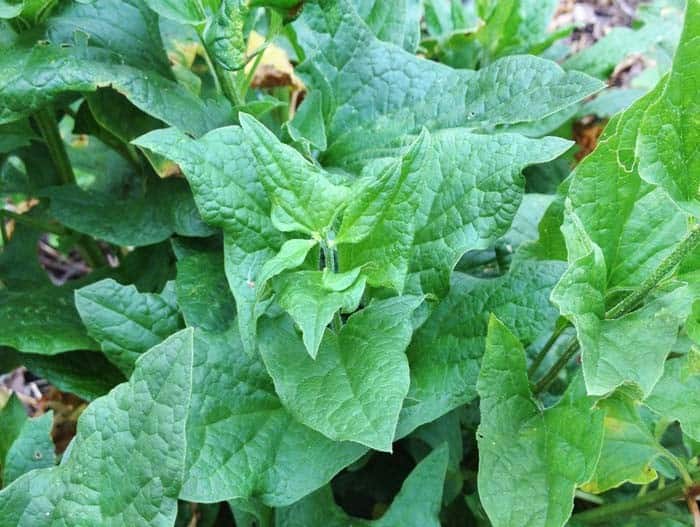
This versatile herb boasts a trifecta of beneficial properties: antibacterial, analgesic, and sedative effects. As such, it’s a staple in many natural medicine practices. The Good King Henry (its botanical name) thrives in rocky terrain and high-altitude environments, often mistaken for a weed in home gardens. In the kitchen, its primary use is in sweet preparations, showcasing its adaptability as an ingredient.
Herb Patience
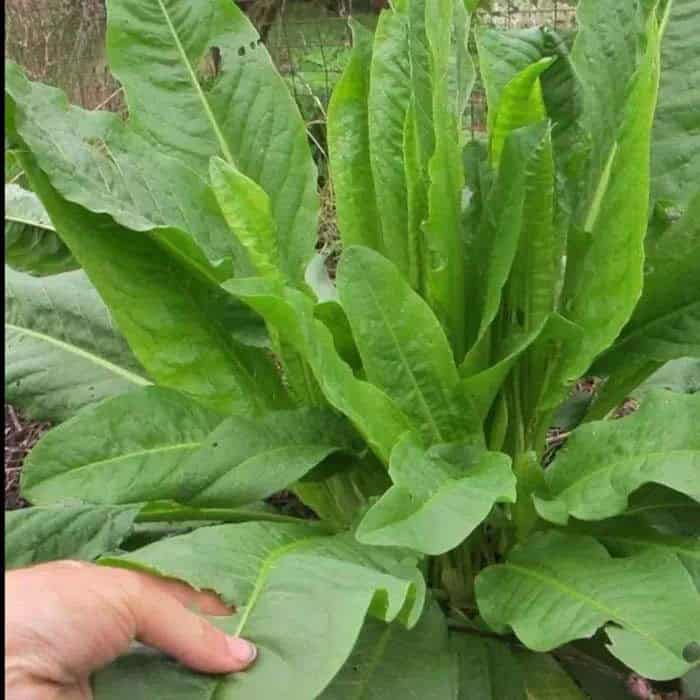
The mild and flavorful leaves of herb patience have earned it a spot as a popular alternative to spinach in many gardens. What’s more, this perennial herb is not only a culinary delight but also plays a vital role in supporting local wildlife. To coax large, luscious leaves from this hardy plant, gardeners need to provide consistent moisture and dedicate a section of their garden specifically to its needs.
Hyssop
As a versatile plant, Hyssop serves as both a natural deterrent and attractant for beneficial wildlife. Its most notable utilization lies in trapping cabbage white butterflies, a significant advantage for gardeners seeking to control these pests. In terms of growing conditions, Hyssop thrives in sunny environments with well-drained soil that has a neutral to alkaline pH. Interestingly, its uses have expanded beyond the culinary realm, with it now being employed in various medical applications.
When used as an ingredient, Hyssop imparts a unique blend of bitterness and ginger-like flavors to dishes, making it a valuable addition to many recipes.
Lavender
While many are familiar with lavender’s calming effects and aesthetic appeal, its culinary applications often go unnoticed. As a natural insect repellent and a vibrant addition to any garden, this versatile herb boasts an enchanting combination of purple and green hues. When it comes to cooking, lavender’s subtle flavor and aroma can elevate a variety of dishes. Furthermore, the plant’s bee-friendly properties make it an ideal choice for backyard beekeepers.
Lavender thrives in well-drained soil and basks in at least 6 hours of direct sunlight daily, making it an excellent choice for those looking to cultivate this multifaceted herb.
Lemon Balm
Lemon balm, a member of the mint family, shares many similarities with its peppermint counterpart when it comes to appearance and growing habits. This familial connection is reflected in their similar visual characteristics as well as their adaptability to various environmental conditions. Notably, lemon balm thrives in humid environments with moderate light exposure, yet it also demonstrates a remarkable tolerance for diverse soil types.
Furthermore, the plant’s abundance of nectar and honeydew makes it an attractive haven for bees, fostering a symbiotic relationship between the two.
Lovage
The flavor profile of Lovage bears a striking resemblance to Celery, making it a versatile addition to various dishes, particularly stews. Its usage is not limited to one specific preparation method; it can thrive in both fresh and dried forms.When it comes to nurturing Lovage, its environment plays a crucial role. When grown in shaded areas, the plant requires less moisture, whereas sunny spots demand more frequent watering to encourage optimal growth.
Marjoram
While often confused with Oregano, Marjoram is actually a milder and more aromatic herb. In the kitchen, its fresh leaves are typically added towards the end of cooking to preserve their delicate flavor and aroma. Beyond culinary uses, Marjoram’s essential oil has been linked to several healing applications. It can be incorporated into natural insect repellents, antibacterial detergents, and even handmade soaps for a unique blend of benefits.
To cultivate this herb successfully, it’s essential to provide it with a bright, warm, and sheltered environment. The soil should be well-drained and rich in organic matter and calcium, allowing the plant to thrive.
Marshmallow
When cooking with this perennial herb, the leaves are the most commonly used component. Not only can they be used to thicken soups or as an ingredient in sauces, but their mild flavor also makes them a popular addition to fresh green salads during the summer months. Additionally, the root of the plant is also edible and can be dried and ground into a powder, then roasted to create a delicious ‘marshmallow’ that’s often enjoyed as a sweet treat.
Meadow Sweet
While many may not be aware, the flower head of Meadow Sweet holds a significant secret: it’s an essential component in the production of aspirin. Specifically, salicylic acid, found within the plant’s flora, boasts potent anti-inflammatory properties. Interestingly, tea brewed from young leaves, flowers, and roots of Meadow Sweet also exhibits similar effects when consumed in moderate amounts.
This adaptable species thrives in environments with a mix of moisture and well-drained soil, proving surprisingly tolerant to shade.
Mint
Mint is a perennial herb that has gained widespread recognition for its calming properties, making it an invaluable asset in the field of medicine. In terms of gardening, mint is a straightforward plant to cultivate due to its humble nature. As a culinary delight, mint is often incorporated into Mediterranean cuisine and also used as a soothing tea. When it comes to soil conditions, mint thrives in humid environments with proper drainage. Moreover, most mint varieties are tolerant of shade.
The diversity of mint flavors and aromas yields a range of options, from lemony and apple-scented to chocolate-inspired and traditional spearmint and peppermint.
Oregano
Oregano is a staple Mediterranean herb that brings depth and warmth to summer dishes and Italian cuisine. Its reputation extends beyond its culinary uses, however, as it’s also renowned for its natural pest-repelling properties. This hardy herb thrives in a variety of settings, whether planted directly into the ground or container-grown. When cultivating oregano in a garden setting, it’s essential to ensure that surrounding plants aren’t competing with its extensive horizontal root system.
In terms of soil preferences, oregano is surprisingly adaptable and can flourish in a range of conditions, although it does perform optimally in well-drained, moderately humid environments with sandy undertones.
Parsley (Biennial)
While parsley is technically a biennial, its treatment is similar to that of perennials – it thrives for several years before eventually self-seeding and perpetuating itself. This unique characteristic allows the plant to persist without needing constant replanting.
In terms of light requirements, parsley is surprisingly adaptable, thriving in both shaded and sunny conditions. As such, gardeners can easily find a spot to cultivate this versatile herb.
Furthermore, parsley’s ability to repel pests and attract beneficial insects makes it a popular choice for companion planting alongside tomatoes, carrots, and roses.
Roman Chamomile
Roman Camomile, a wildflower that thrives with minimal care, boasts impressive medicinal properties. Not only does it exhibit anti-bacterial and healing traits, but it’s also utilized as a flavorful seasoning. Its natural repellent qualities are just as effective when grown or dried, making it an attractive option for gardeners and herbal enthusiasts alike.
Rosemary
Rosemary’s versatility extends beyond the kitchen, making it an excellent addition to any garden. To cultivate this fragrant herb, focus on providing it with plenty of sunlight and soil that drains well. As a robust plant, rosemary can grow quite tall, allowing you to prune it into a shrub or even a small tree. Its ability to draw in beneficial insects makes it a popular choice for companion planting alongside vegetables like tomatoes, which can reap the benefits of this symbiotic relationship.
Rue
Rue’s primary application lies in its ability to serve as a natural repellent. While it can be consumed in limited amounts, ingesting large quantities can have toxic effects. A unique use for rue is as an ingredient in herbal sachets, often combined with lavender, to deter moths from clothing. Interestingly, when brewed into a tea, the plant’s flavor profile is reminiscent of orange.
Sage
Sage, a popular herb among garden enthusiasts, plays a vital role in attracting honeybees and other pollinators to fruit and vegetable gardens. Its adaptability to well-drained soil and resistance to drought and high temperatures make it an excellent choice for gardening. Beyond its medicinal applications, Sage is also valued for its distinct culinary flavor, offering a unique addition to various dishes.
Salad Burnet
Salad Burnet, a Mediterranean herb that thrives in diverse environmental conditions, boasts a unique ability to flourish in a wide range of settings. As a member of the rose family, this versatile herb has gained popularity for its multiple uses – from combating erosion to adding a tangy flavor to salads and sauces, including vinegars. With its adaptability extending to both shaded and sunny spots, as long as the soil pH remains at 6.8, Salad Burnet proves remarkably resilient.
When leaves start to dry up, simply remove them to make way for new growth – a simple yet essential step in nurturing this remarkable herb.
Sorrel
Sorrel, a perennial herb, thrives in the shadiest areas of your garden, boasting a unique characteristic: its leaves are short but abundant and possess a refreshing lemon-like flavor. When incorporating this herb into fresh salads, it’s essential to exercise caution due to its high oxalic acid content. A moderate amount is crucial to balance out the tanginess without overwhelming the other ingredients.
Sweet Cicely/ Anise

When cultivating Sweet Cicely, it’s essential to have fertile soil as a foundation. This versatile herb is renowned not only for its medicinal properties but also for its versatility in both raw and cooked preparations, making it a valuable addition to any kitchen.
Tansy
While the tansy can be toxic if consumed in excess, many people opt to cultivate it for its ornamental value and benefits for wildlife. Its vibrant yellow blooms are a stunning addition to any garden, attracting an array of beneficial insects and providing a natural pop of color. But that’s not all – this hardy plant also doubles as a mosquito repellent, making it a great choice for those looking to keep pesky bugs at bay.
Plus, its rapid growth rate makes it an excellent option for gardeners of all skill levels. Simply provide it with well-drained soil and plenty of sunlight, and you’ll be enjoying the tansy’s many benefits in no time.
Thyme
When it comes to creating visually appealing hanging baskets or groundcovers, thyme’s ability to produce long sprigs makes it an excellent choice. Not only does this herb attract beneficial insects like hoverflies, but it also provides a natural form of pest control for your garden. Thyme is known for its diverse flavor and aroma profiles, allowing you to select from a wide range of varieties based on the strength of these characteristics.
When planting thyme, it’s essential to choose a location with well-drained soil that has a neutral to alkaline pH. A rich soil will also promote healthy growth and establishment.
Valerian
The Valerian’s extracted oil contains active compounds that are used to create relaxing medicines. Prior to planting, it’s essential to prepare the soil by tilling it to a depth of 25 centimeters. The plant’s leaves can be dried and boiled to produce tea, although consumption should be moderate in amount.
Willow Herb
Fireweed, also known by its informal name, has earned the reputation of being a weed. However, next time you come across it growing wild, resist the urge to uproot it – this perennial herb has numerous practical uses. When it comes to utilizing fireweed’s benefits, one effective way is to incorporate its young shoot tips and leaves into your salads. These parts are particularly rich in essential vitamins A and C.
Winter Savory
Winter Savory’s unique dual nature sets it apart from other perennial herbs. Not only does it repel unwanted pests, but it also attracts beneficial wildlife to your garden. This versatile herb is often paired with roses and vegetables, making it an excellent addition to any garden. When selecting the perfect spot for Winter Savory, be sure to choose a location that receives ample sunlight. This hardy herb is adaptable to various soil types, so you don’t need to worry about its specific needs.
The leaves can be used as a flavorful spice in cooking or brewed into a soothing tea, providing an added layer of utility to this already impressive herb.
Yarrow
Yarrow’s significance lies in its medicinal applications, with the dried portions capable of being brewed into a tea that boasts a multitude of therapeutic benefits. This versatility has made yarrow a staple in many herbal remedies. Furthermore, the plant is remarkably low-maintenance, requiring only infrequent watering once established.
